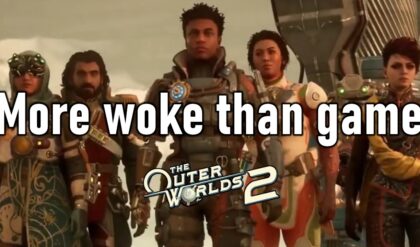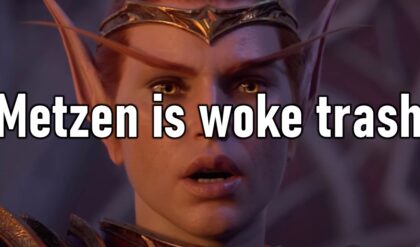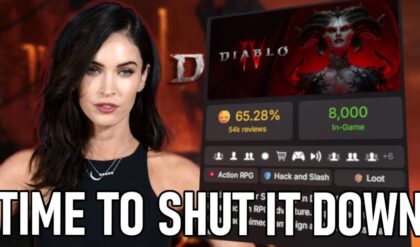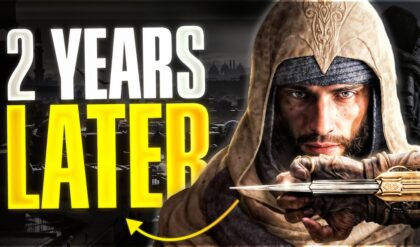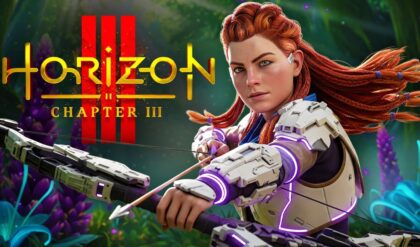Unreal Engine 5 recreation of The Elder Scrolls IV: Oblivion’s Imperial City shows what lore-accurate scale really means for the RPG classic.

Sometimes, a single video can completely shatter your perception of a beloved game world. That’s exactly what happened when 3D artist L. Torres decided to show everyone what The Elder Scrolls IV: Oblivion would look like if the Imperial City actually matched its lore-described grandeur.
The timing couldn’t be more perfect. With Bethesda’s surprise Oblivion remaster dropping last month, nostalgia for Cyrodiil runs higher than a skooma addict’s tolerance levels.
But this Unreal Engine 5 recreation makes even the polished remaster look quaint by comparison.
When lore meets reality and breaks your brain
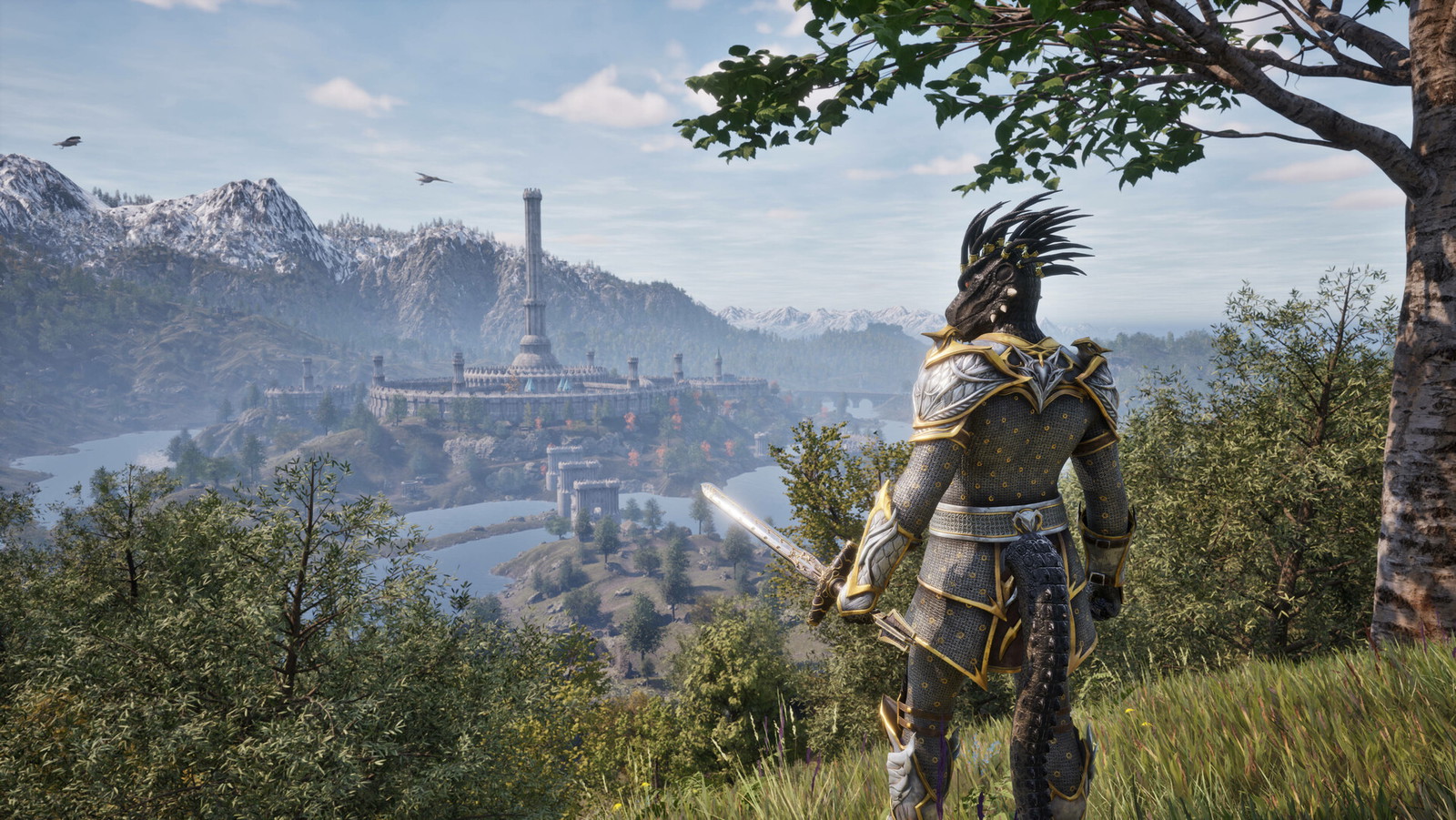
⛶
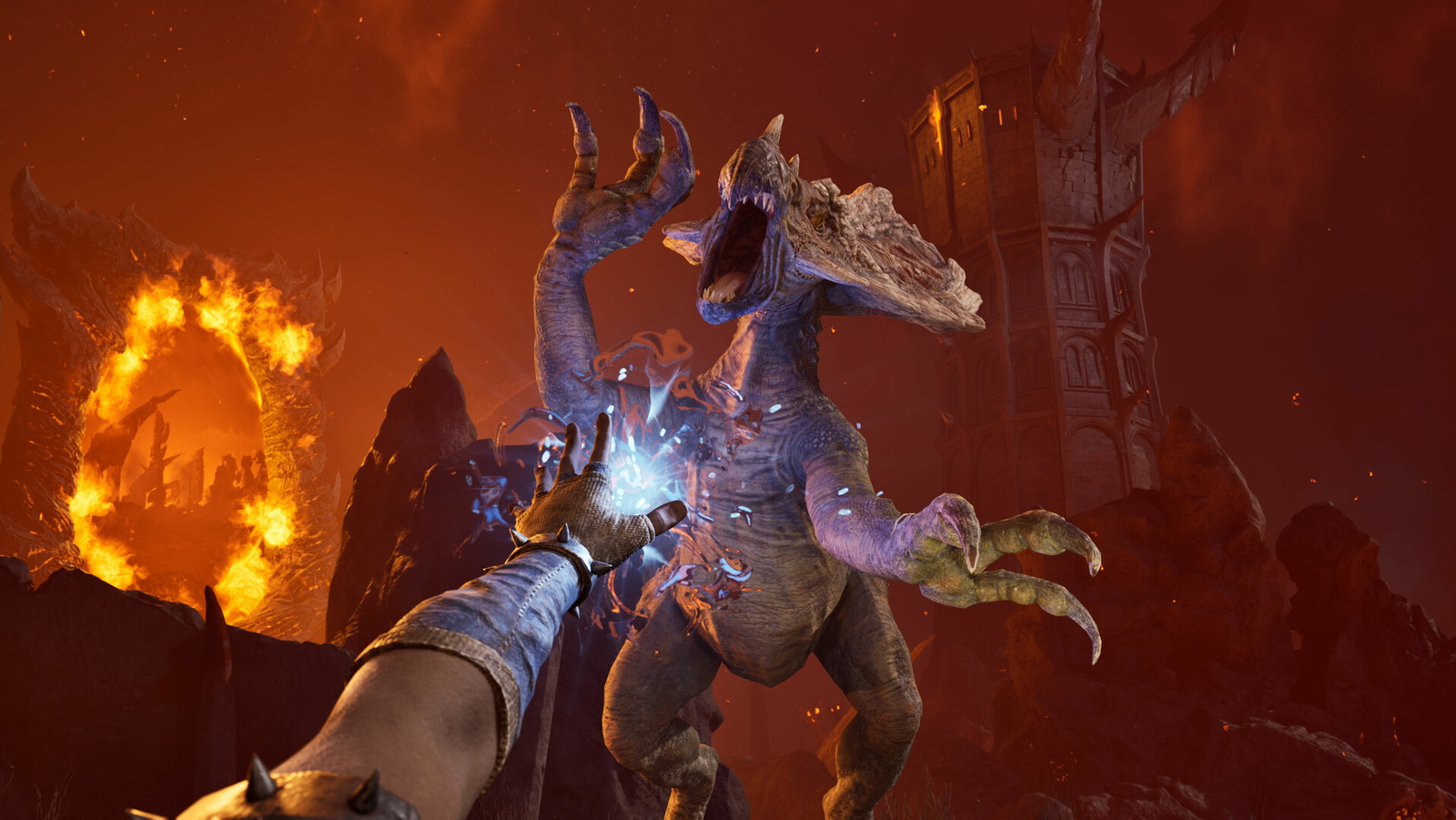
⛶
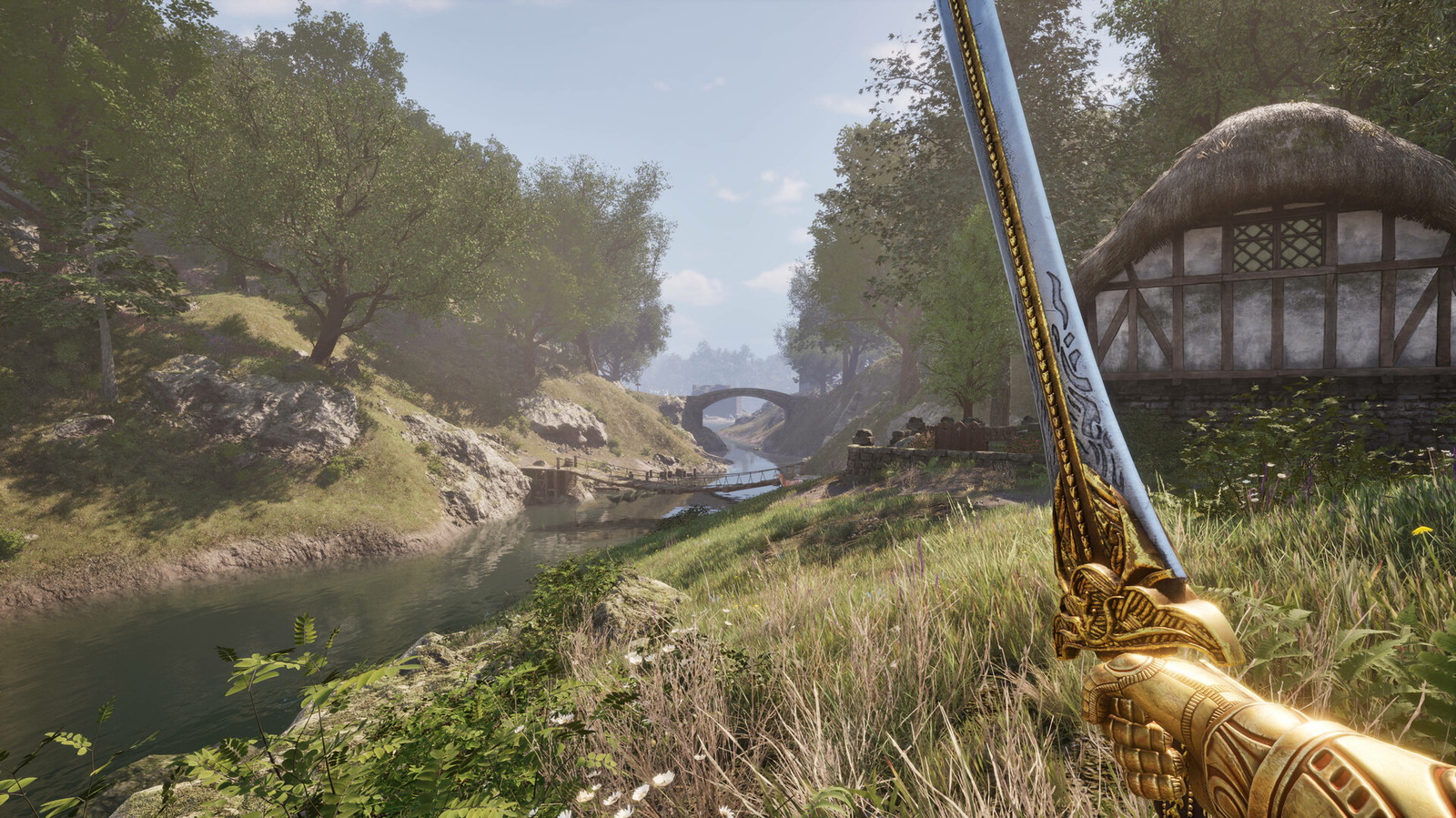
⛶
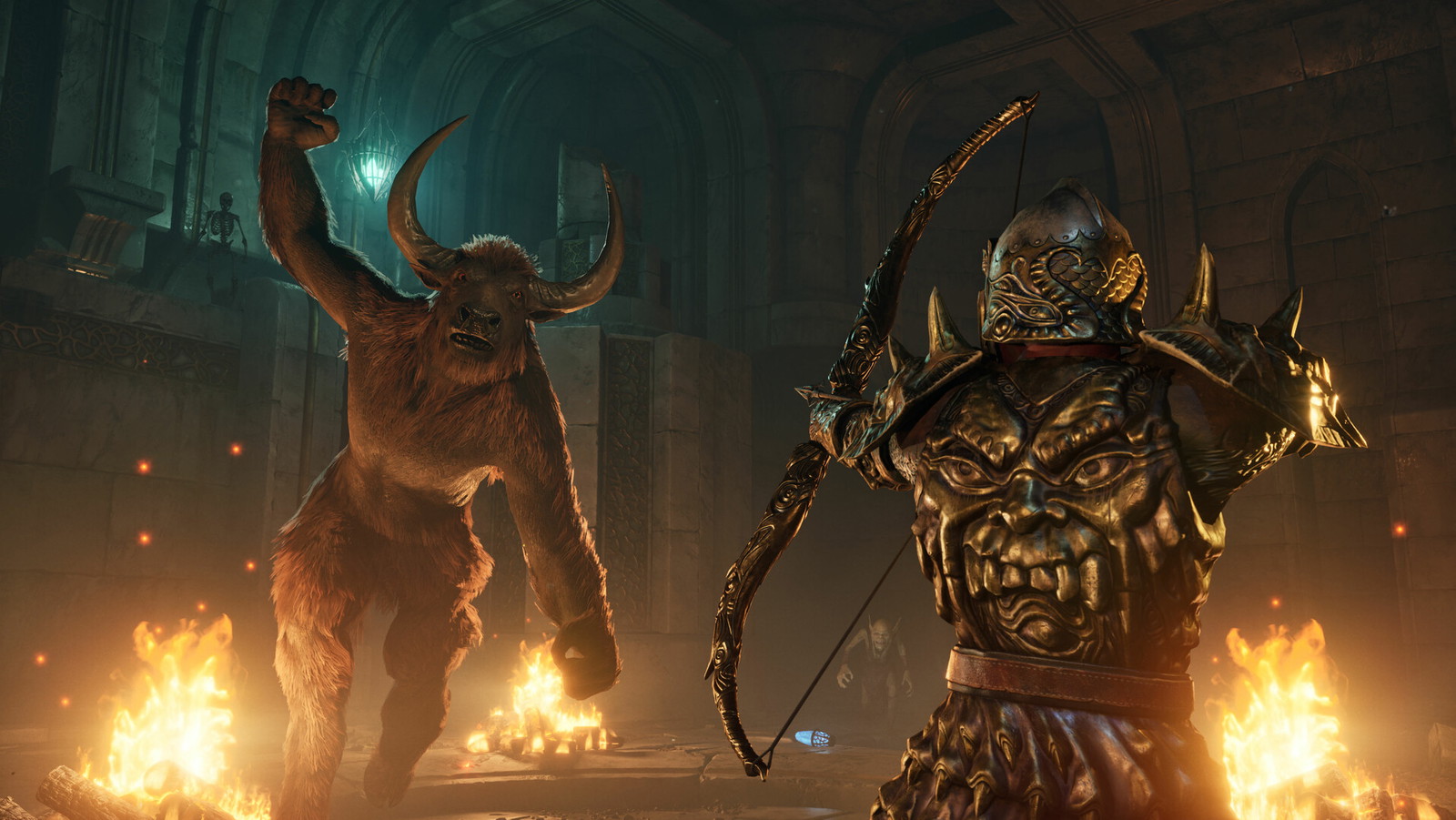
⛶
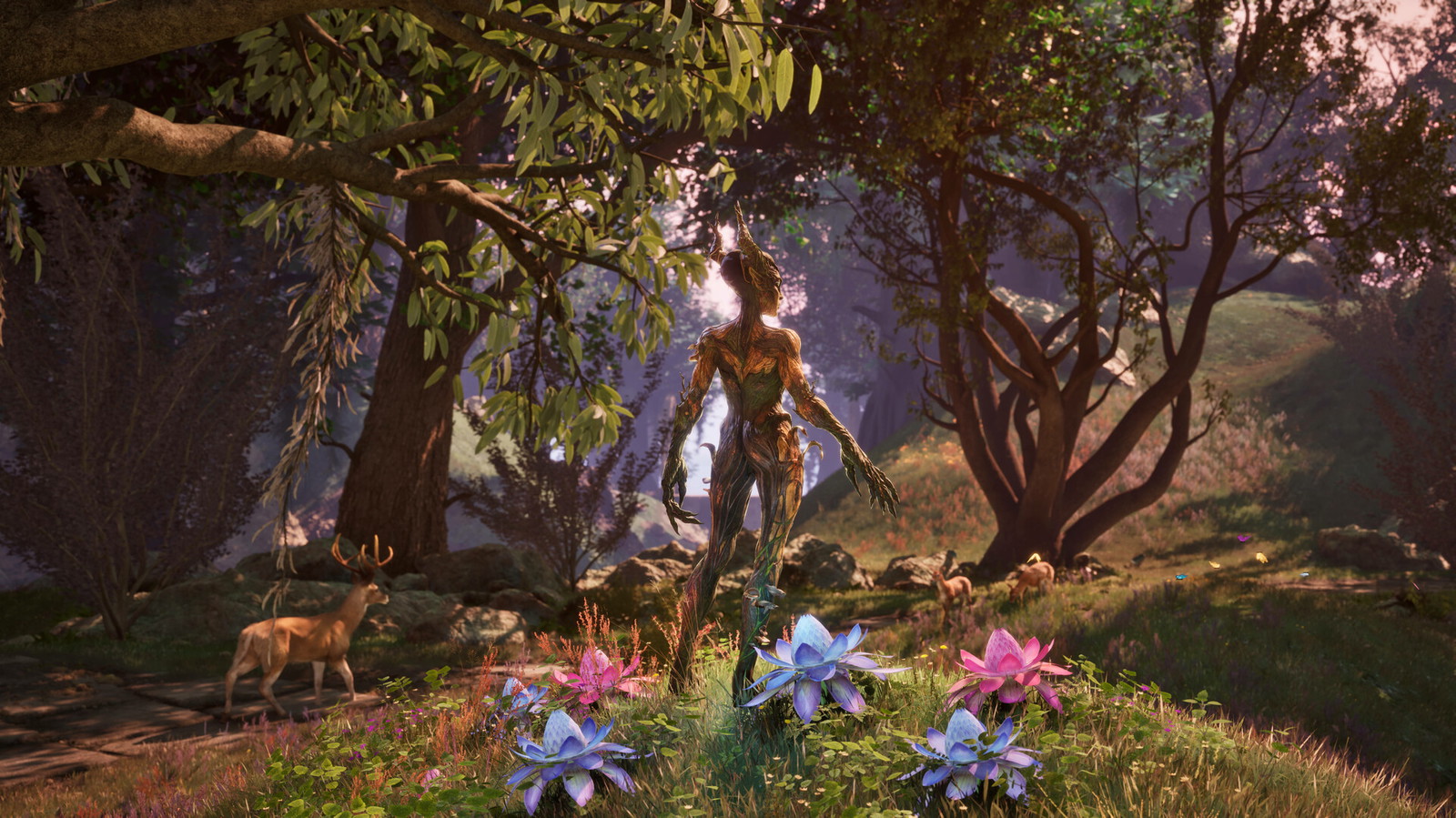
⛶
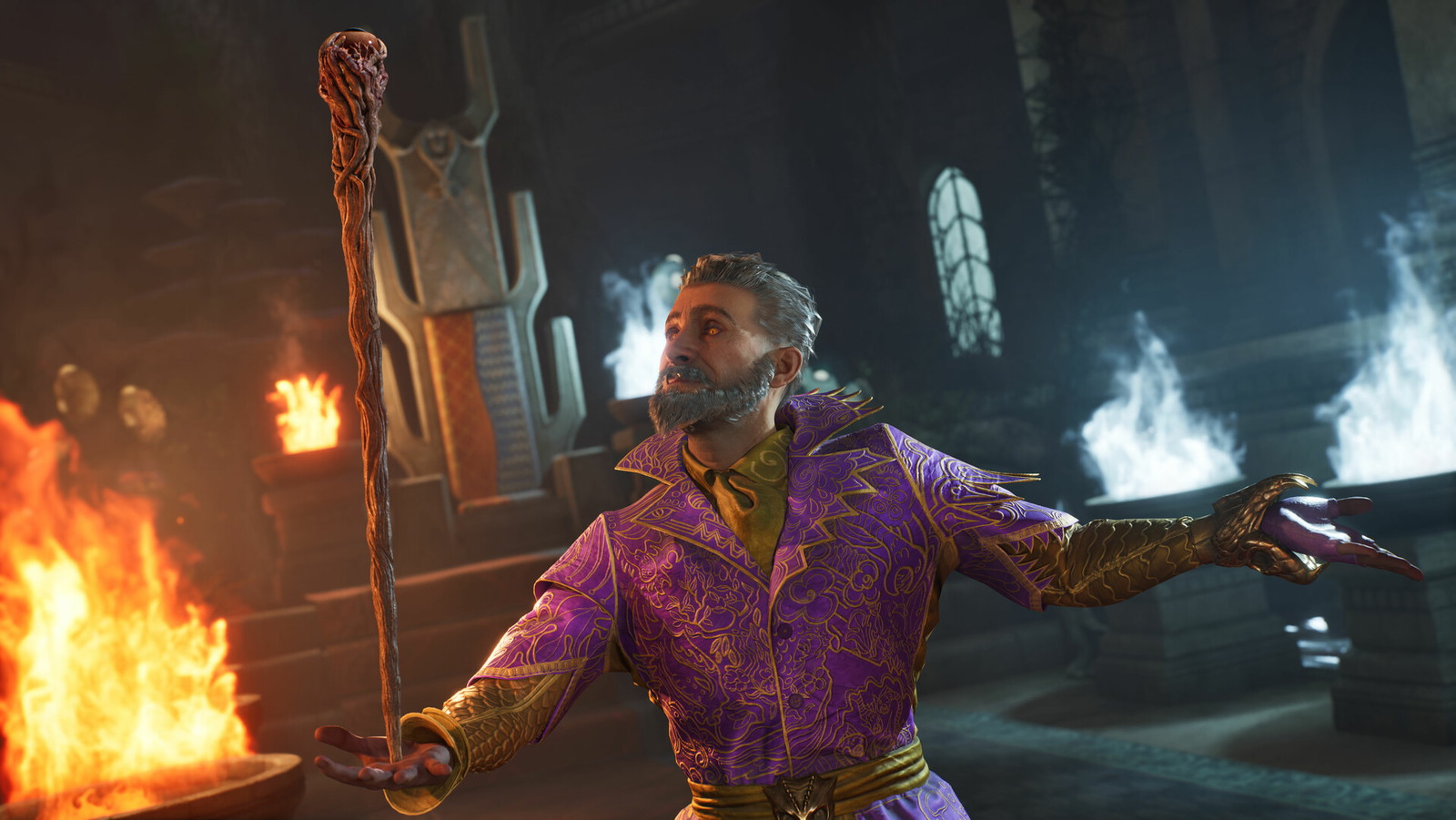
⛶






Torres’ cinematic recreation doesn’t just upgrade textures—it completely reimagines what an imperial capital should actually look like. The 16-second clip (full video here) showcases a city that could realistically house a million citizens instead of the dozen NPCs who apparently ran the entire Septim Empire between mudcrab conversations.
Watching this footage feels like discovering you’ve been living in a dollhouse your entire life. The original Imperial City suddenly looks less like the heart of civilization and more like a medieval strip mall with delusions of grandeur.
The scale difference isn’t just impressive; it’s genuinely unsettling:
Seeing this recreation forces players to confront just how compressed the original world actually was. What felt epic in 2006 suddenly looks like a theme park version of an actual imperial capital. And the community certainly has thoughts about this revelation:
Here’s someone asking the real questions. The original Imperial City had fewer residents than most apartment buildings, yet somehow maintained control over multiple provinces. Either the Septim dynasty possessed incredible efficiency or everyone just really loved mudcrabs.
Of course, the community has developed increasingly creative explanations for Cyrodiil’s bizarre geography and population density:
The skooma theory gains momentum with every scale inconsistency players remember. Maybe the Hero wasn’t saving the world—maybe they were just having the most elaborate drug-fueled hallucination in gaming history?
These increasingly absurd theories about the Hero’s mental state perfectly demonstrate how players rationalize gameplay abstractions. The community has collectively decided that chemical enhancement explains everything better than game engine limitations.
Torres (aka @lion_towers3d) has been designing these Unreal Engine 5 recreations for over four years, covering everything from real-life locations to Dragon Age’s Thedas. Their Imperial City project is essentially what happens when technical skill meets genuine artistic ambition—and a healthy disregard for gameplay practicality.
When pixels trigger powerful nostalgia
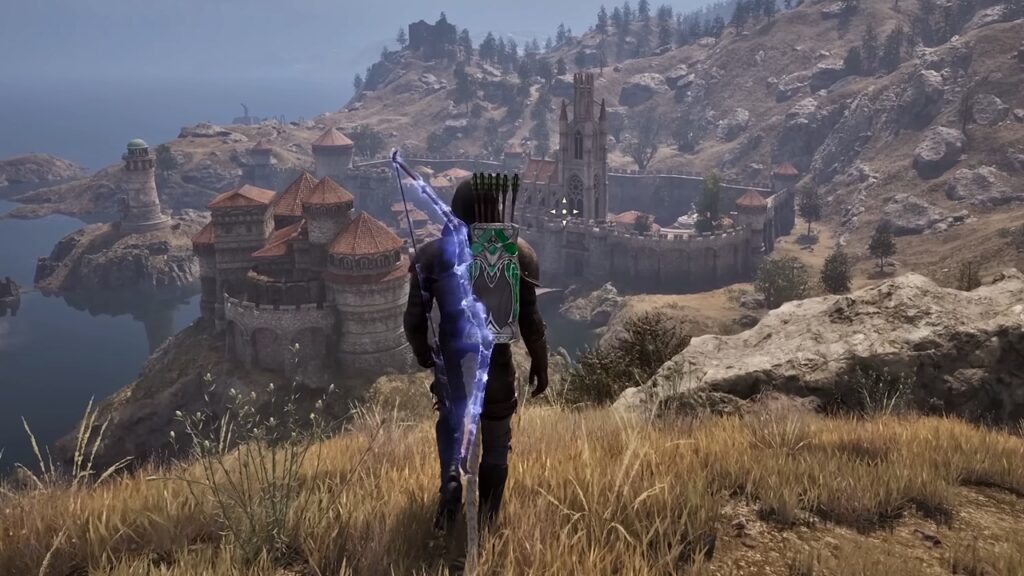 Your brain’s built-in upscaling tech. | Image Credit: Bethesda
Your brain’s built-in upscaling tech. | Image Credit: Bethesda
The recent Oblivion remaster has reignited passionate discussions about what made the original special. Players are rediscovering appreciation for Bethesda’s world-building, even with its obvious technical constraints that seemed invisible at the time.
Memory plays tricks on everyone when it comes to beloved games. Players remember the original Imperial City feeling massive and impressive, but that’s mostly because their teenage brains filled in the gaps with pure imagination and wishful thinking:
Nostalgia works like a graphics card for your brain—constantly upscaling memories until reality can’t compete. The remaster forces players to confront the gap between what they remembered and what actually existed on their screens. It’s a humbling experience for anyone who thought they had realistic expectations.
The remaster preserves the original experience while modernizing it for current hardware. Torres’ work does something different—it asks what would happen if technology weren’t the limiting factor.
And while both approaches have value, only one makes you question everything you thought you knew about Cyrodiil!
What’s your take on lore-accurate scale versus playable game design? Is bigger always better? Share your thoughts in the comments below.
